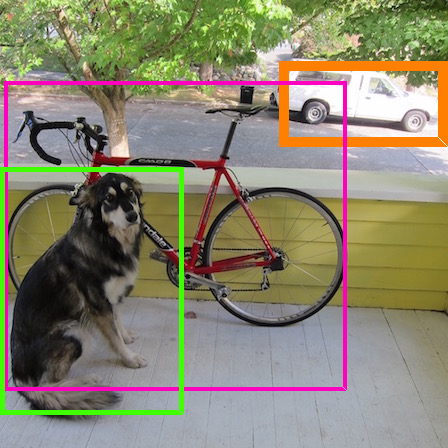Solar Radio Bursts (SRBs) are generally observed in dynamic spectra and have five major spectral classes, labelled Type I to Type V depending on their shape and extent in frequency and time. Due to their complex characterisation, a challenge in solar radio physics is the automatic detection and classification of such radio bursts. Classification of SRBs has become fundamental in recent years due to large data rates generated by advanced radio telescopes such as the LOw-Frequency ARray, (LOFAR). Current state-of-the-art algorithms implement the Hough or Radon transform as a means of detecting predefined parametric shapes in images. These algorithms achieve up to 84% accuracy, depending on the Type of radio burst being classified. Other techniques include procedures that rely on Constant-FalseAlarm-Rate detection, which is essentially detection of radio bursts using a de-noising and adaptive threshold in dynamic spectra. It works well for a variety of different Types of radio bursts and achieves an accuracy of up to 70%. In this research, we are introducing a methodology named You Only Look Once v2 (YOLOv2) for solar radio burst classification. By using Type III simulation methods we can train the algorithm to classify real Type III solar radio bursts in real-time at an accu
翻译:太阳辐射波纹(SRBs)一般在动态光谱中观测,并有五大光谱级,根据频率和时间的形状和范围,标为I型,标为V型,标为V型,由于性质复杂,太阳射线物理学的一个挑战是自动探测和分类这种射电暴。近年来,由于LOw-Frequnity Array(LOFAR)等先进射电望远镜产生的高数据率,SRBs分类变得至关重要。目前最先进的算法采用Hough或Radon变形,作为探测图像中预定参数形状的手段。这些算法达到84%的精确度,取决于对射电爆的类型进行分类。其他技术包括依靠Constand-FalseAlarm-Rate探测的程序,主要是利用动态光谱光谱仪(LOFARray)(LOFAR,LA,LA,LOF)等不同种类的无线电波束和达到70%的精确度。在这个研究中,我们正在采用一种名为“只看一次V2”(YOLOV2)的方法,用来对太阳射电磁三号的射电磁三号进行实际射线模拟。



